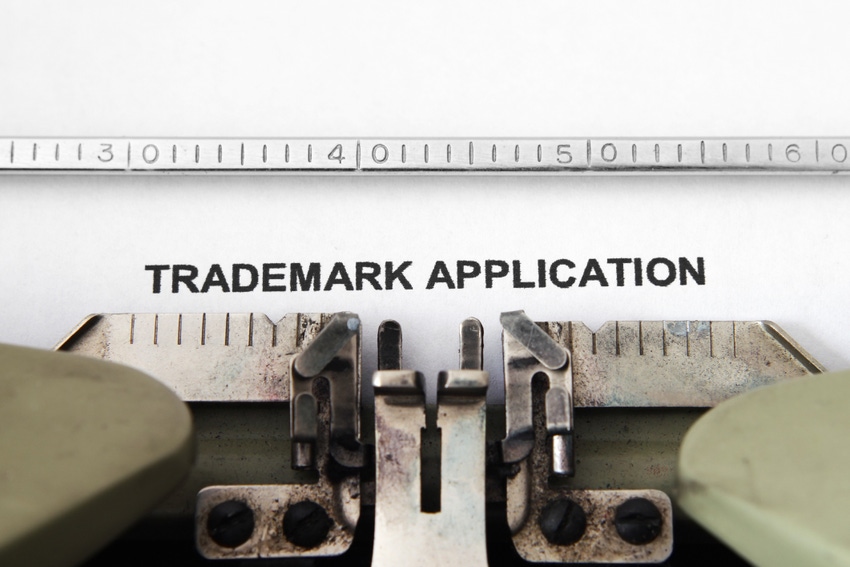Recent Developments in Mechanical and Industrial Patent Applications
These tips for designers and engineers may help ease the process for obtaining mechanical and industrial patents.

At a Glance
- Learn about new U.S. Patent and Trademark Office (USPTO) programs
- Be aware of new opportunities thanks to growth in additive manufacturing, cleantech, and renewables
- Avoid the common patent eligibility death trap
Innovation in the mechanical and industrial space tends to be more incremental than it is in the electrical and biotechnology spaces, and that has been particularly true over the last 10 years. But such mechanical and industrial innovation is nonetheless dynamic and constantly evolving. We have observed a few particular trends in recent years that serve as guidance for designers and engineers when applying for patents.
Growth in Additive Manufacturing Patent Applications
First, there has been a significant increase in the number of patent applications directed to additive manufacturing. Some of these applications have been directed to improved 3D-printed parts (e.g., parts not otherwise manufacturable using conventional manufacturing processes) or improved processes for manufacturing those 3D-printed parts, while others have been directed to improvements to the 3D printers themselves.
During the COVID-19 pandemic, numerous inventors developed and then filed patent applications directed to 3D-printable personal protective equipment, ventilators, and nasal swabs, thereby enabling manufacturers to produce volumes of life-saving equipment quickly and efficiently. For example, a team at the University of South Florida developed a 3D-printable swab that utilizes nubs to collect tissue and then filed for a provisional patent application for the 3D-printable swab. (Notably, during the pandemic, the USF team freely distributed the files for its swab design.)
Growth in Renewables Patent Opportunities
Second, we have seen a significant increase in the number of patent applications directed to cleantech and renewables innovations. Spurred perhaps in part by the passage of the Inflation Reduction Act and other investments from both private and public sectors, innovators have been scrambling to file patent applications directed to everything from environmentally friendly product packaging to batteries, carbon capture technologies, autonomous vehicles, and alternative energy sources (e.g., hydrogen, nuclear power).
In parallel, the U.S. Patent and Trademark Office (USPTO) recently introduced a Climate Change Mitigation Pilot Program, which allows patent applicants to expedite—free of charge—the examination of their U.S. patent applications that comply with specific USPTO criteria, including if one or more claims of the application are directed to a product or process that mitigates climate change.
Innovators should leverage the USPTO’s Climate Change Mitigation Pilot Program when pursuing patent protection for technologies that arguably promote climate change in some capacity. This free program significantly expedites and lowers the cost of the patent application process. We recently utilized the Climate Change Mitigation Pilot Program to expedite the examination of a client’s patent application directed to energy reduction. The patent application was filed in May 2023, and within just two months, the USPTO examined the application and issued a positive response, advancing all of the claims to allowance. We expect that the U.S. patent will be issued later this month, just five months after filing (a process that traditionally takes two or three years).
Other U.S. Patent and Trademark Office (USPTO) Programs
Innovators should also consider other programs offered by the USPTO for expediting the examination and allowance of their patent applications. For example, another free pilot program offered by the USPTO, the First-Time Filer Expedited Examination Pilot Program, expedites the examination of patent applications filed by first-time inventors.
Another free USPTO pilot program, the After Final Consideration Pilot (AFCP) Program, affords USPTO patent examiners—who are tasked with examining patent applications—additional time to consider responses to final office actions issued by the USPTO that reject the applicant’s patent application. This program is excellent for advancing patent applications to allowance without having to file Requests for Continued Examination (or additional Requests for Continued Examination), which are costly and extend the prosecution of a patent application, thereby delaying the issuance of a U.S. patent.
Substantively, innovators should ensure that their patent applications include sufficient detail about “how” their invention works. For example, a patent application directed to a 3D printer that prints parts more quickly should describe in detail how that 3D printer is able to do so. Including this level of detail not only satisfies one of the USPTO’s requirements for obtaining a patent (the application shall describe the invention in “full, clear, concise, and exact terms as to enable any person skilled in the art … to make and use the same”) but will also help that patent application avoid the patent eligibility death trap that has killed so many patent applications (and even issued patents).
This death trap stems from a U.S. Supreme Court decision in 2014 that invalidated a U.S. patent with claims directed to a computer-implemented electronic escrow service as being directed to an “abstract idea” not eligible for patent protection. While that decision has generally negatively impacted only electrical and computer-related patent applications and patents, courts have recently begun expanding that decision to mechanical and industrial technologies. For example, in the last two years, courts have invalidated patent claims for a method of manufacturing a drive shaft and patent claims directed to polycrystalline diamond compacts primarily used in drill bits, largely because those patents allegedly lacked important details about “how” the claimed inventions achieved their intended results.
Navigate Future Patent Application Processes
Designers and engineers who apply these observations to their mechanical and industrial patents will have an easier time navigating what is typically a challenging and drawn-out process.
About the Author(s)
You May Also Like





